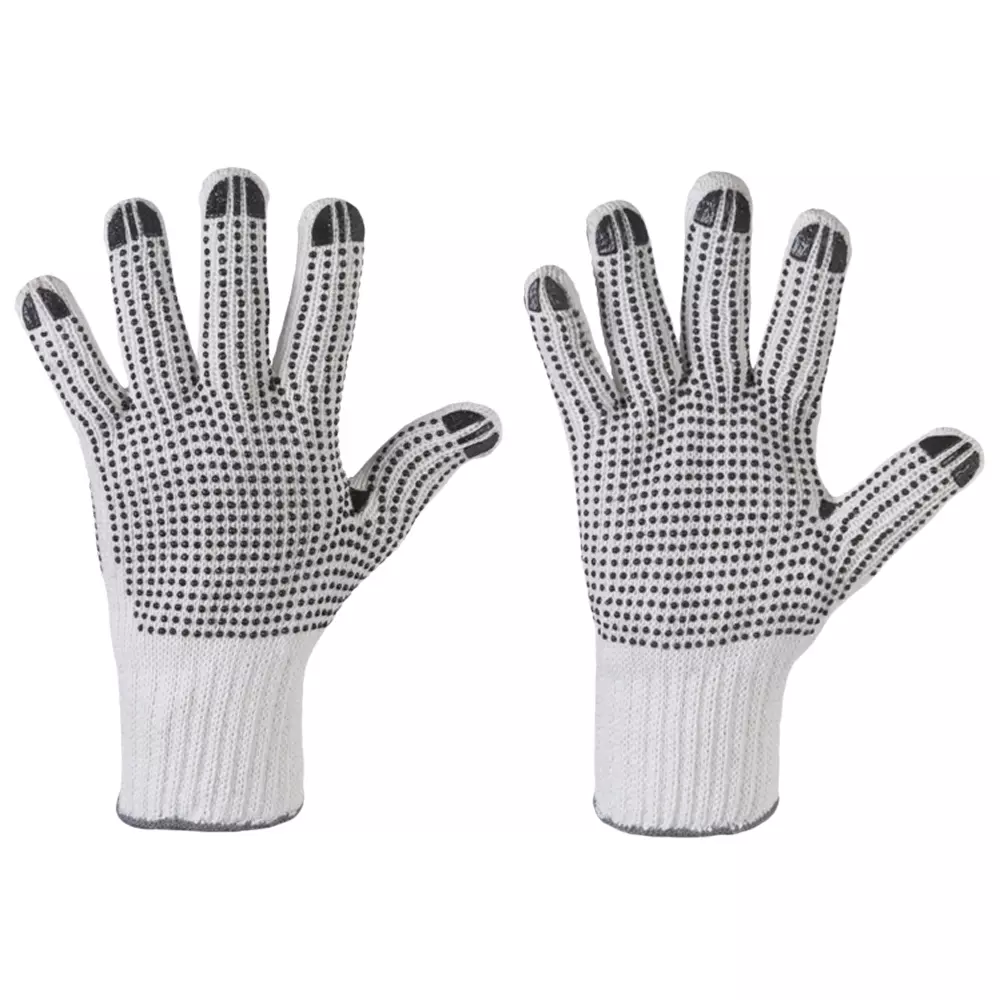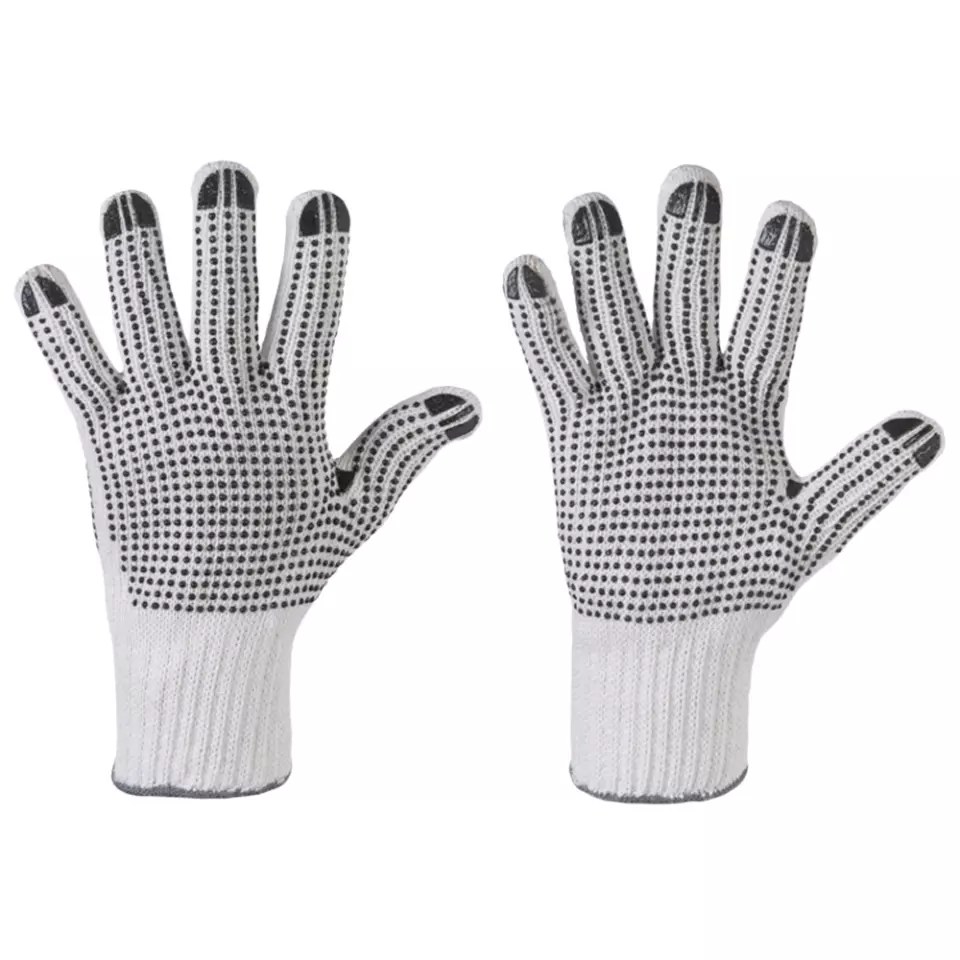
Features You'll Love

Glove Features · Seamless Knit
Seamless knit offers superior comfort and dexterity, eliminating irritating seams for a natural feel.

Cuff Style · Knit
Determines how the glove secures around the wrist, affecting fit, protection from debris, and ease of putting gloves on and taking them off.

Grip Finish · Dotted
The surface texture or coating on the palm and fingers that determines how securely the gloves can grip tools, materials, and surfaces during work tasks.
Stronghand
TANTUNG Knitted Gloves, 240 pairs
TANTUNG Knitted Gloves, 240 pairs
5 / 5
111,27 €
Price per 20 packages (240 pairs)
0,46 € / pair
Choose size
Free delivery
Features You'll Love

Glove Features · Seamless Knit
Seamless knit offers superior comfort and dexterity, eliminating irritating seams for a natural feel.

Cuff Style · Knit
Determines how the glove secures around the wrist, affecting fit, protection from debris, and ease of putting gloves on and taking them off.

Grip Finish · Dotted
The surface texture or coating on the palm and fingers that determines how securely the gloves can grip tools, materials, and surfaces during work tasks.
Product description
Norm: En 388 Liner: 60% Cotton, 40% Polyester, White coating: Pvc Dots, Black Sizes: 7, 8, 9, 10, 11 Seamless Knittet / 7 G
• Black Vinyl Dots On The Palm And Back Of The Glove
• Very Good Fit And Secure Grip
• Abrasion Resistant